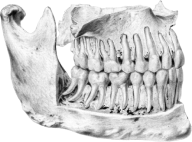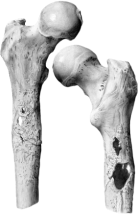
Qvist Gallery, Robot Surgery Exhibition, 2010
Sci-Fi Surgeons: Medical robots
8th September–23rd December 2009
Are we on the edge of a robot revolution in medicine?
Sci-Fi Surgery: Medical Robots explores the fascinating world of medical robotics including the pioneering Probot, a robot designed to aid prostate gland surgery, Freehand, a robotic camera holder for keyhole surgery, as well as visionary mini-robots that are designed to crawl, swim and explore inside the human body.
Exhibits include ‘mini-robots’ which are around 10 to 15 mm in diameter, many of which are still at prototype stage. Mini-robots featured in the exhibition include the prototype Robotic Camera Pill which will be swallowed by patients in a pill form, allowing doctors to guide the robots by remote control using images beamed back to a screen. Also included is the ARES Robot prototype which will require patients to swallow up to 15 different robotic modules. Once inside the body the modules will assemble themselves into a larger device capable of carrying out surgical procedures.
“Many mini and micro-robots have biologically inspired designs which emulate the crawling and wriggling motion of worms and insects, or the swimming motion of bacteria. We turned to biological inspiration because worms have locomotion systems suited to unstructured, slippery environments and are ideally suited for use in the human body.”
The exhibition will also feature some famous medical robots from the world of science fiction, from the 1920s ‘Pyschophonic Nurse’, to Japanese manga (printed cartoons) and anime (animated films), plus Britain’s own 2000AD, and ask whether science fiction reflects fact, or if scientists are inspired by the representation of medical robots in films, books and comics.
Since the first industrial manufacturing arms appeared in factories almost fifty years ago, robots have been designed to do jobs deemed too tedious, dangerous or precise for humans. They have been used to build micro-processors, explore space and defuse bombs. Only more recently have robots been used to tackle major medical challenges. They have been designed to increase surgeons’ dexterity and control, to support busy nursing staff, or to help doctors make diagnoses. Some of these are proven technologies, while others are still experimental, but we hope that the exhibition will show that robotic surgery is finally coming of age.


